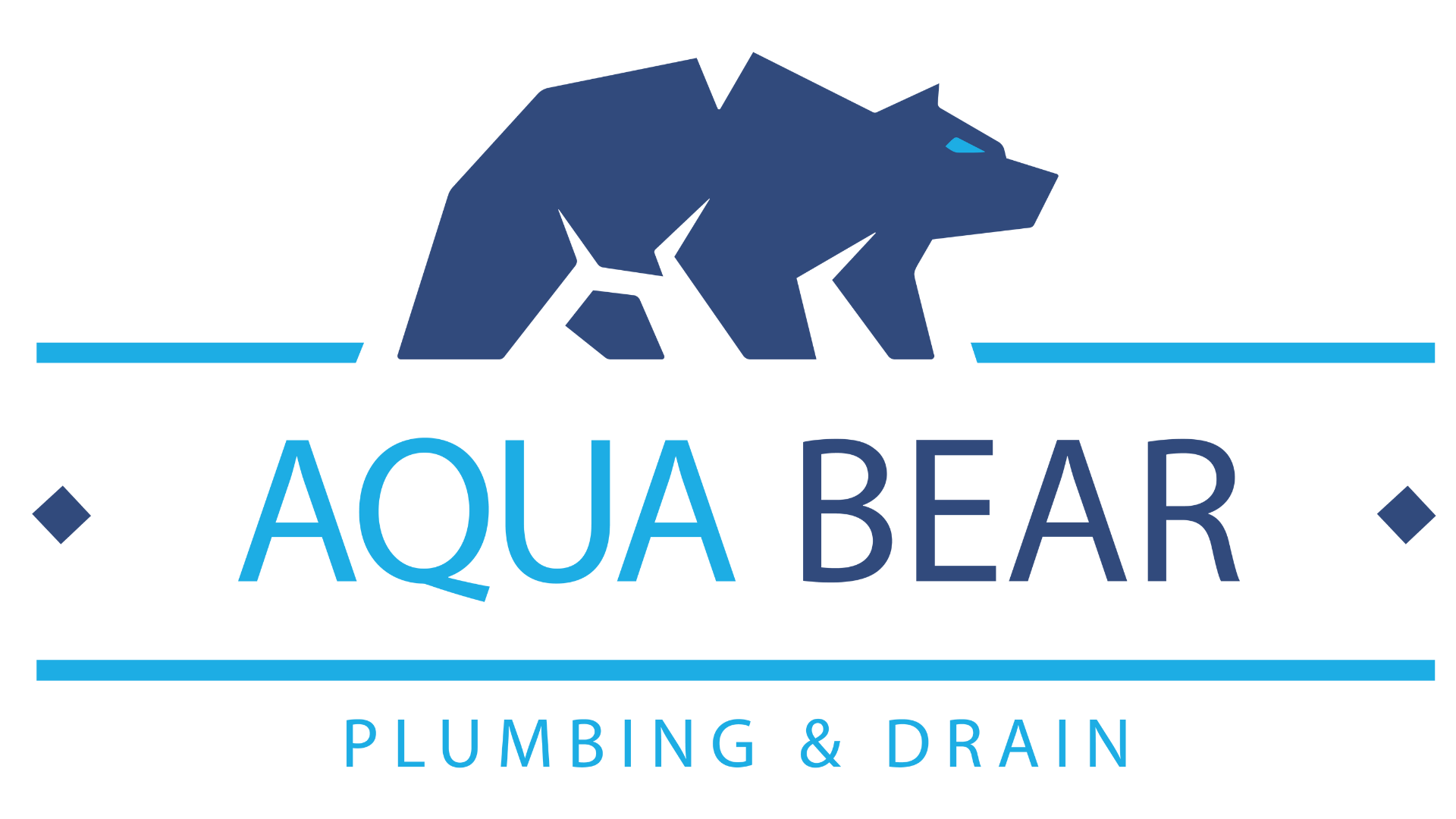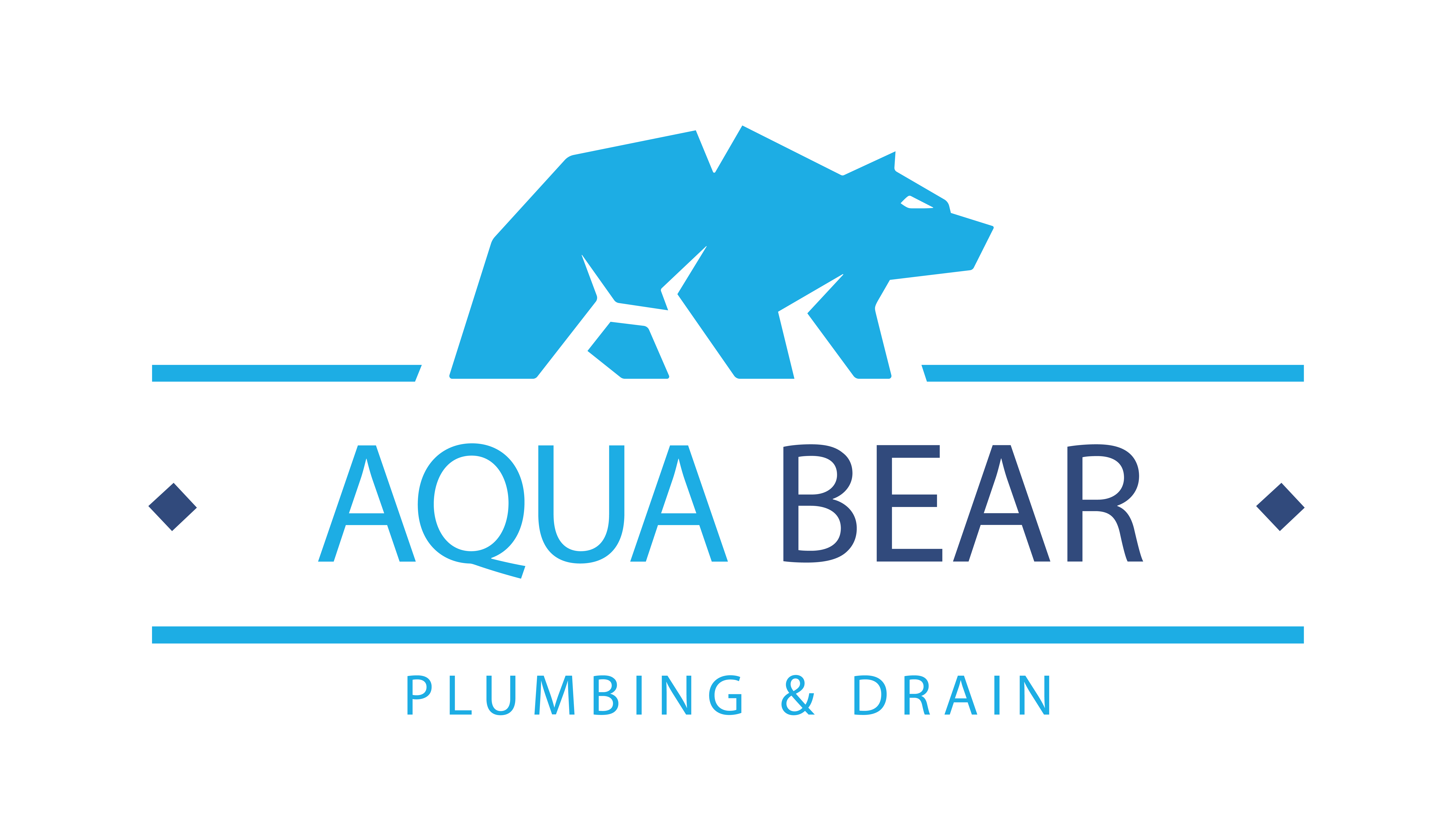In this article, we will discuss what is meant by water quality, who is in charge of maintaining water quality standards, and what forces negatively affect water quality. We will learn how to evaluate the water in your home and discover efforts being instituted in an attempt to improve the quality of the water we drink.
What Is Water Quality?
Water quality is determined by the measurement and analysis of a water sample to determine its suitability for varying uses with a strong emphasis, in this article, on the drinkability of the water.
The measurements taken are based on physical, chemical, and biological characteristics and all are scrutinized against strict guidelines and requirements set forth by local governing agencies along with the Environmental Protection Agency.
Physical Aspects Of Water
The physical aspects measured and analyzed are:
-Salinity
-Turbidity
-Taste
-Color
-Temperature
-Odor
-Total dissolved solids
-Electrical conductivity
Chemical Aspects Of Water
There are also many chemical aspects to water. These include:
-pH
-Acidity
-Alkalinity
-Chlorine
-Hardness
-Dissolved Oxygen
-Biological oxygen demand
Biological Aspects Of Water
The biological aspects of water are as follows:
-Bacterias
-Algaes
-Nutrients
-Viruses
Who Manages These Quality Checks?
Over 90% of Americans get their water from community water systems where rules governing them are set by the Safe Drinking Water Act. This act not only determines the guidelines for water safety it also prescribes water testing schedules as well as the methods used for testing. The local governments along with state officials are responsible for adherence to these rules.
The US has the safest water in the world but it is not producing water that is free of contaminants or pollution. As a matter of fact, nearly half of the water in the US is contaminated with what are known as ‘forever chemicals’ which have been used in the production of many everyday items. These chemicals are associated with chronic diseases that are stealing people’s lives and their appearance in our water will continue until 2025. This is an upsetting finding from recent research.
What Is Affecting Our Water?
There are many things affecting the quality of our water supply in San Diego County homes and businesses. Let’s explore the different aspects in more detail below…
Naturally Occurring
There are naturally occurring conditions that affect the quality of our water from location, seasons of the year, climate, and the types of soil and rocks our water must travel through before becoming groundwater.
There are also naturally occurring chemicals, minerals, and particles found in water that can be harmful if found in high concentrations.
Some minerals naturally found in water:
- Calcium
- Magnesium
- Sodium fluoride
- Potassium
- Iron
- Zinc
These are classified as minerals because they have the same characteristics no matter where they are found.
Some chemicals naturally found in water:
- Lead
- Chlorine
- Mercury
- Aluminum
- Chloramine
- Perchlorate
Microscopic particles naturally found in water:
- Giardia
- Cryptosporidium,
- Asbestos,
- Bacteria
- Precipitates of heavy metals
As stated, these minerals, chemicals, and particles are not harmful when in the proper concentrations but can become lethal if too much is present.
Unnatural and Harmful
There are many situations and outside influences that can create danger to our drinking water. Farming practices, industrial development, and overuse of fertilizers are a few contributors.
Excessive nutrients in water sources can promote excessive algae growth which depletes the oxygen in the water killing fish and stagnating water supplies.
Chemical runoff from pesticides, pharmaceutical production, dry cleaning plants, and gasoline finds its way into streams and bodies of water.
As of today, there are clear standards for individual pollutants and real progress is being made to protect our water. However, no clear path exists for specific mixtures of pollutants leaving our water in an unknown state full of risk.
What Is In Your Water?
For those that receive their water from a community source, it is required by law that the supplier inform the public each year on the water data collected. This is a free service provided to inform users of the adherence to government standards.
Unfortunately, the EPA nor the state have any responsibility to help those with private wells keep their water safe. In these circumstances, the well owners bear this responsibility and use testing services to see if their water is within the range of healthy water.
Are We Improving Water Quality?
It is nice to pretend that someone out there is doing something to improve the quality of the water we drink and real efforts are being made. Thus far 90 different contaminants have been identified and regulated but there is much more that needs to be done.
The Lead and Copper Rule
This attempt was made to force those involved with water safety to test all lead pipes for leaching lead into our water supply. Although this sounds admirable, the truth is most of the locations of lead pipes underground are unknown and therefore untestable.
The Underground Injection Control Program
This program was designed to monitor the release of wastewater from oil and gas into wastewater disposal wells. Unfortunately, the EPA has not been diligent about the collection of data nor consistent in overseeing these releases so the safety of the wells that supply us with drinking water is unknown.
Protecting Our Water
In 1972 the Clean Water Act was passed with the principal objective to prohibit the discharge of pollutants into US waters to improve and maintain streams, rivers, lakes, and other bodies of water.
For water that did not meet the required standards, the EPA established a pollutant budget to restrict additional pollutants from being discharged but the program has not been successful. This is because the program relies on voluntary compliance leaving the original goals unmet.
Hope For A Better Future
In 2023, the EPA announced a Notice of Proposed Rulemaking (NPR) that will help in the improvement of our water quality. The primary way water suppliers communicate with each other and those they serve is through the Consumer Confidence Report (CCR). The NPR will now require water suppliers to share the data they collect and promote the best practices they’ve developed to provide cleaner water.
Additionally, new advancements in science are helping those on the cutting edge to design and disseminate the very best and latest in clean water technologies. There is hope on the horizon! Some ways to improve water quality in your home or business include:
- Repiping old lead pipes with copper or PEX
- Installing a water filtration system
- Checking the quality of your water with regular water testing
Conclusion
Water quality is important for every living creature so understanding what it is and how measurements and evaluations against strict standards are beneficial to all. With the help of the EPA and state authorities, there is a real effort being made to protect our water from naturally occurring but potentially harmful situations along with the ever-mounting fear from industry, agriculture, and other pollutant-causing dangers.
Improving and protecting our sources of water will remain a priority as we make advancements in all aspects of our ever-changing environment.
Thinking about installing a water filtration system at your home or business? Contact our team of plumbing professionals today for a quote!






